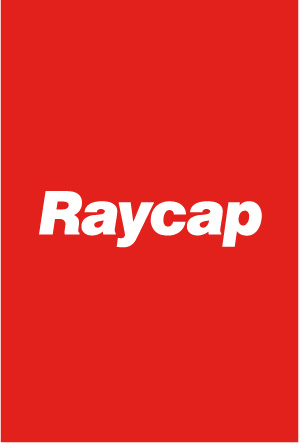Raycap has a full suite of surge protection products available for wind turbine applications. From Strikesorb ,the premier offering from Raycap to various DIN rail mounted protection products and surge and lightning monitoring. As we enter a time in history when the push towards green energy and technology is continually causing more wind farms to be built, and current wind farms to be expanded, both turbine manufacturers and wind farm owners/operators are increasingly aware of the costs associated with lightning strikes. The monetary damage that operators sustain when there is an instance of a lightning strike comes in two forms, the costs associated with replacement of machinery due to physical damage and the costs associated with the system being offline and not producing power. Turbine electrical systems face the continual challenges of the landscape that surrounds them, with wind turbines generally being the tallest structures in an installation. Due to the harsh weather that they will be exposed to, combined with the expectations of a turbine being struck by lightning several times throughout its lifespan, costs of equipment replacement and repair must be factored into the business plan of any wind farm operator. The direct and indirect lightning strike damage is created by intense electromagnetic fields that create transient overvoltages. These overvoltages are then passed through the electrical system directly to sensitive equipment within the turbine itself. The surge propagates through the system producing both immediate and latent damage to circuitry and computerized equipment. Components such as generators, transformers, and power converters as well as control electronics, communication and SCADA systems are potentially damaged by lighting created surges. Direct and immediate damage may be obvious, but latent damage that occurs as a result of multiple strikes or repeated exposure to surges can occur to key power components within an effected wind turbine, many times this damage is not covered by manufacturer’s warranties, and thus the costs for repair and replacement fall on operators.
Offline costs are another major factor that must be figured into any business plan associated with a wind farm. These costs come when a turbine is disabled and must be worked on by a service team, or have components replaced which involves both purchase, transport and installation costs. The revenues that can be lost due to a single lightning strike can be significant, and the latent damage that is produced over time adds to that total. Raycap’s premiere wind turbine protection product Strikesorb significantly reduces the associated costs by being able to withstand multiple lightning surges without failure, even after multiple instances of strike.
One of the issues with SPDs for wind turbine installations in the past has been their inadequacy. For many years the only surge protection technology available to wind turbine manufacturers were conventional Metal Oxide Varistors (MOVs) in a DIN rail housing. These SPDs while fine for some applications on the wind farm, are not suited for heavy industrial use. A direct or indirect lightning strike to wind turbines can produce surge levels far exceeding the capacities of these devices. When this happens these SPDs will require replacement modules. The downtimes in between operations restoration by service crews is a major source of revenue loss due to production outage. Raycap’s state-of-the-art product, Strikesorb® requires no maintenance or resetting after triggering strike. This combined with the fact that it is housed in a far more robust cylindrical aluminum housing provides q 10 year protection guarantee to wind turbine systems where it is installed. The Strikesorb design offers maximum protection against surges as it resolves ageing issues that seriously impact the performance of the more traditional DIN rail mounted SPD designs. Strikesorb SPDs can sustain multiple and successive lightning strikes and power surges without requiring maintenance.
Strikesorb is classified as Class I and Class II SPDs according to the international IEC 61643-11 standard for surge protection devices, and is fully compliant to the UL1449 4th Edition Safety Standard.

